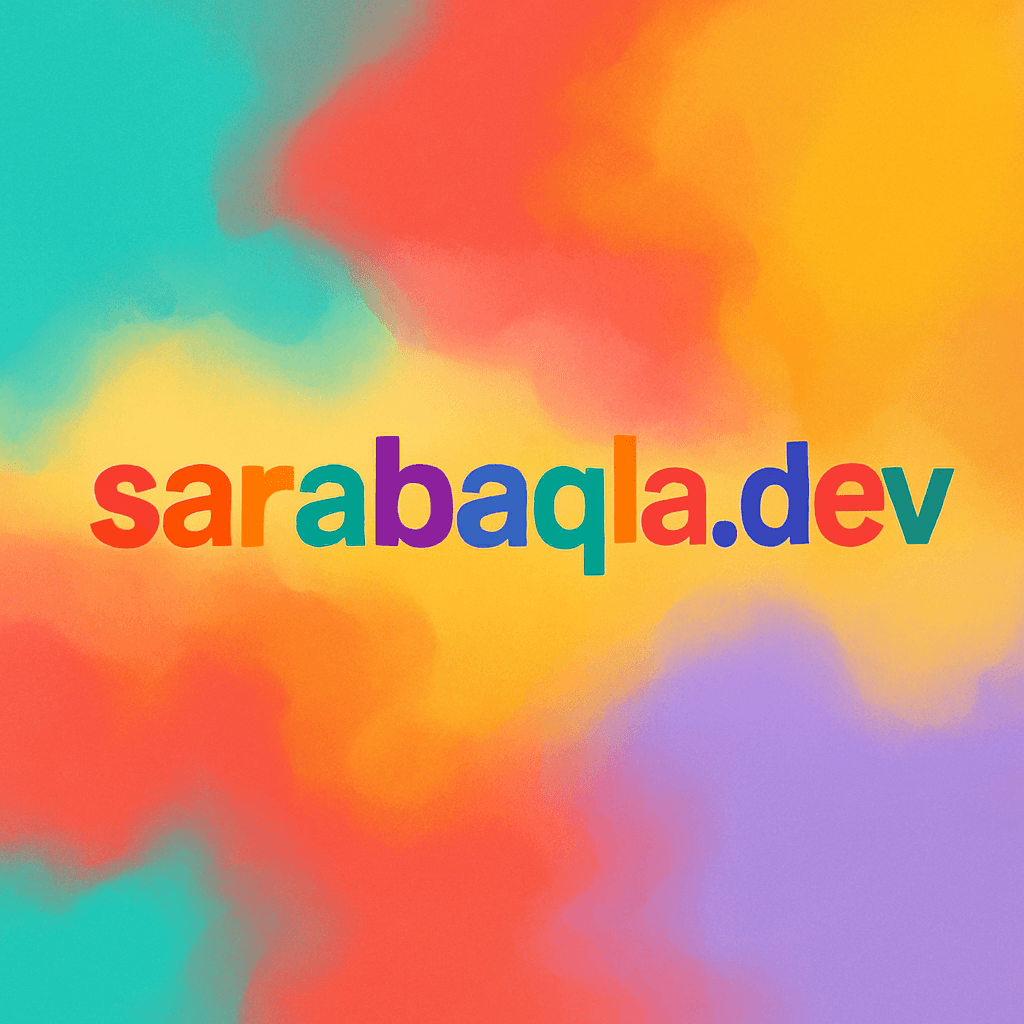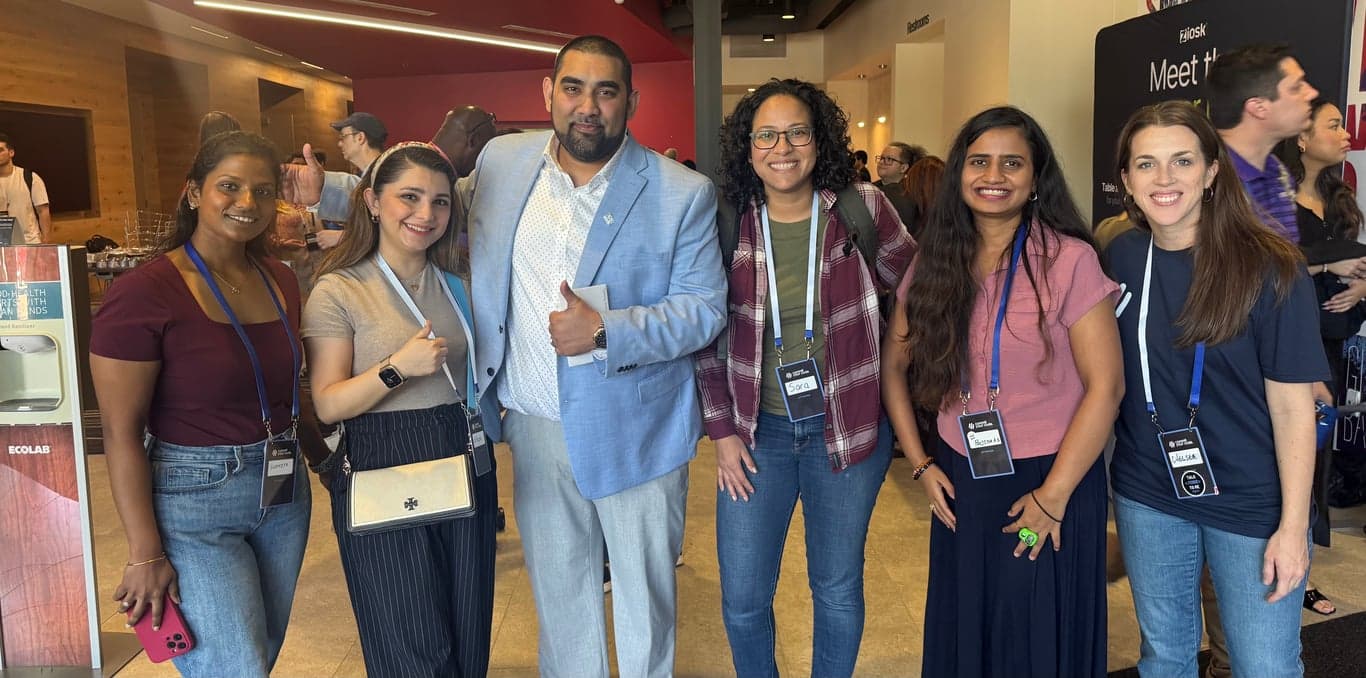I like to say I’ve had many lives before pivoting into tech . Most notably being my time doing ecology fieldwork. I attended The University of Texas at El Paso (UTEP), where I studied Ecology & Evolutionary Biology and had the unique opportunity to join a herpetology lab under the direction of Dr. Jerry Johnson. Research took us to the Indio Mountains Research Station (IMRS), an incredible field site tucked away in the Chihuahuan Desert owned by UTEP.
Although the lab's focus organisms were reptiles and amphibians, I was exposed to all kinds of critters and plants. During my undergrad, I learned about birds and vegetation while working under a master’s student mentor, but I’d often get distracted by the cool creepy crawlers around us. For some reason I developed a real affinity for Orthopterans (grasshoppers, crickets, and katydids). That curiosity eventually became the backbone of my master’s research, where I conducted a more thorough survey of grasshoppers across IMRS, tying in plant and weather data to analyze patterns of abundance and diversity throughout the seasons.
 Fast forward eight years, and I’m now a software engineer. I’ve been working in the React ecosystem for over three years. I started with
Fast forward eight years, and I’m now a software engineer. I’ve been working in the React ecosystem for over three years. I started with create-react-app then moved on to Vite, and later dove into React Native projects. Eventually, I discovered the cool new kid on the block: server-side rendering with Next.js. For the past year and a half, I’ve mainly been building with Next.js, gaining a lot of experience creating scalable, reusable components.
But I knew it was time to expand my toolbox again. That’s when I came across TanStack! Originally born from React Query and now evolved into TanStack Query . I’d heard it offered some powerful features right out of the box and handled large datasets gracefully. Now, with TanStack Start (their new full-stack framework currently in beta), I decided to dive in. The only question was: what should I build?
That’s when inspiration struck. My time at Indio shaped so much of who I am, and I’ve always wanted to give back to UTEP and the research community that gave me my start. Now that I have the technical skills, I want to build a digital tool that supports ecological research and serves students, researchers, and the broader community. Essentially, the tool I wish I had when I was at UTEP.
For the first iteration of this project I’ll be pulling data from two main sources:
iNaturalist observations of species identified on IMRS.
A SQL database containing every species ever recorded on the property.
Right now, this information exists as a 109-page PDF which is useful but not exactly user-friendly or engaging. My goal is to transform that data into a searchable, filterable interface with a clean UI. Below is the current folder structure for the MVP.
 The design concept for the site will lean into a vintage research file aesthetic with a typewriter-style monospace font, aged paper tones, and the tactile feel of a well used Rite in the Rain notebook.
The design concept for the site will lean into a vintage research file aesthetic with a typewriter-style monospace font, aged paper tones, and the tactile feel of a well used Rite in the Rain notebook.
Plans for future versions of the app will include an interactive map showing species observation pins sourced from iNaturalist, and potentially weather data visualizations to show environmental trends over time. I’d also love to feature a small digital library showcasing research papers conducted at IMRS or the current students in the lab. Eventually, the goal is to make the project open source. But for now, it’s a personal learning sandbox to go deep and explore TanStack.
 The IMRS Biodiversity Explorer (working title) bridges my two worlds: academia and ecology meet modern web development. The project is still in its infancy, with only a few simple routes set up so far, but I’m excited to share the journey as it evolves! The wins, the roadblocks, and everything in between.
The IMRS Biodiversity Explorer (working title) bridges my two worlds: academia and ecology meet modern web development. The project is still in its infancy, with only a few simple routes set up so far, but I’m excited to share the journey as it evolves! The wins, the roadblocks, and everything in between.
This post marks the first installment of the IMRS Project Logs, a series where I’ll document the process of bringing this tool to life, one build at a time. I’m always open to feedback and would love to hear your thoughts or ideas for how this project could grow.

